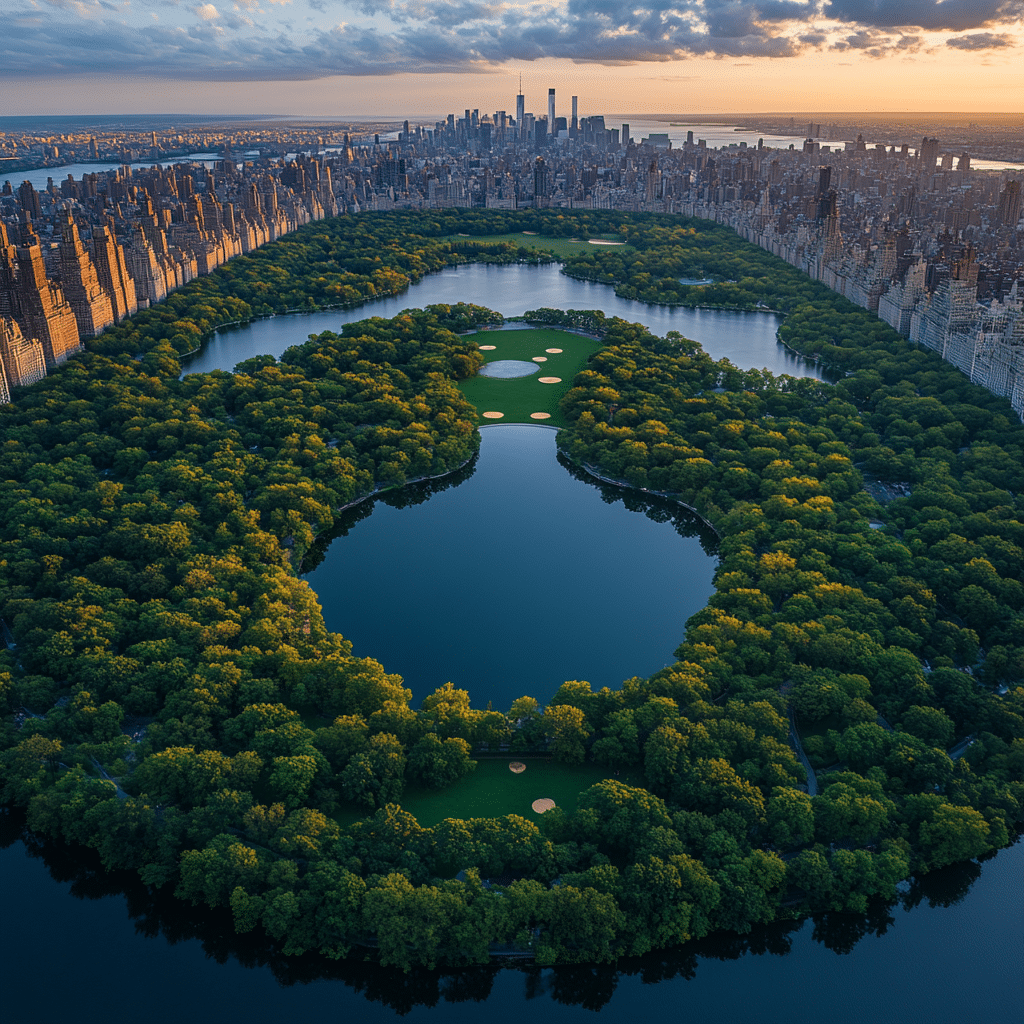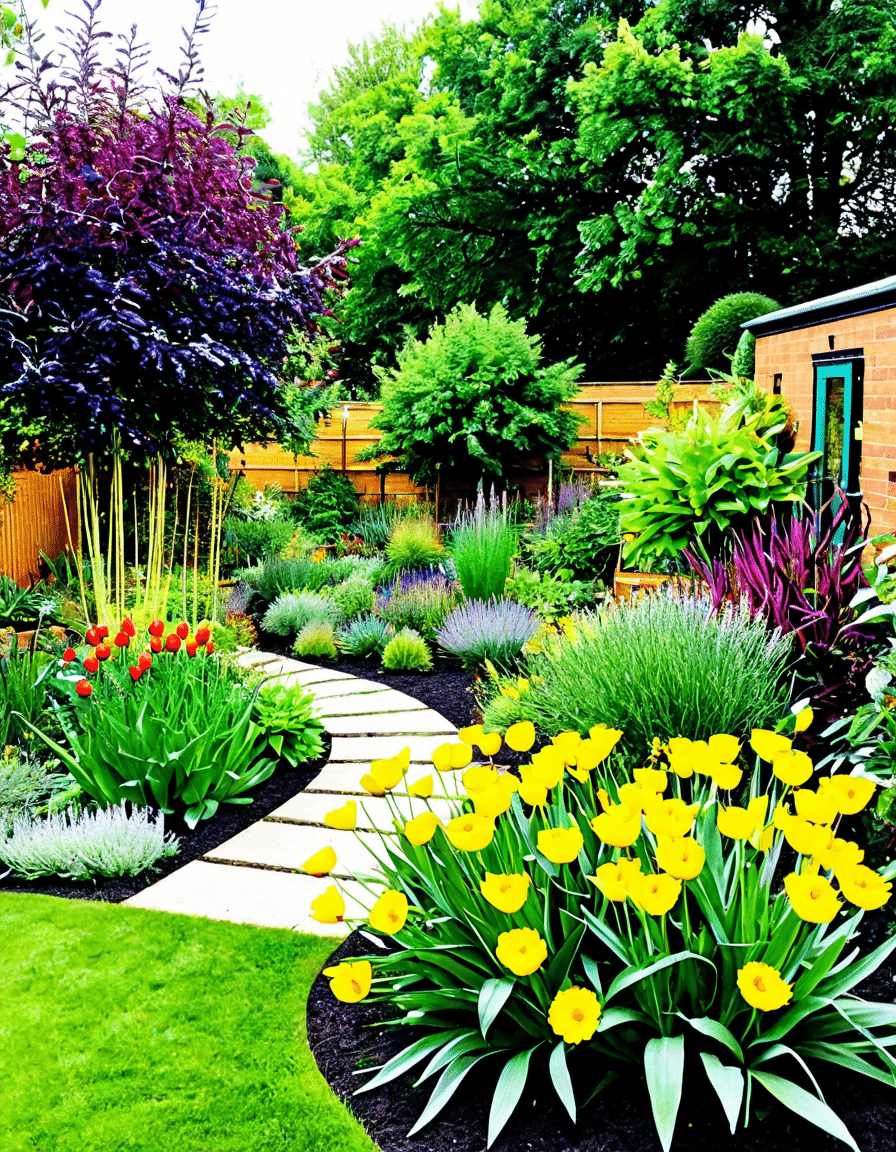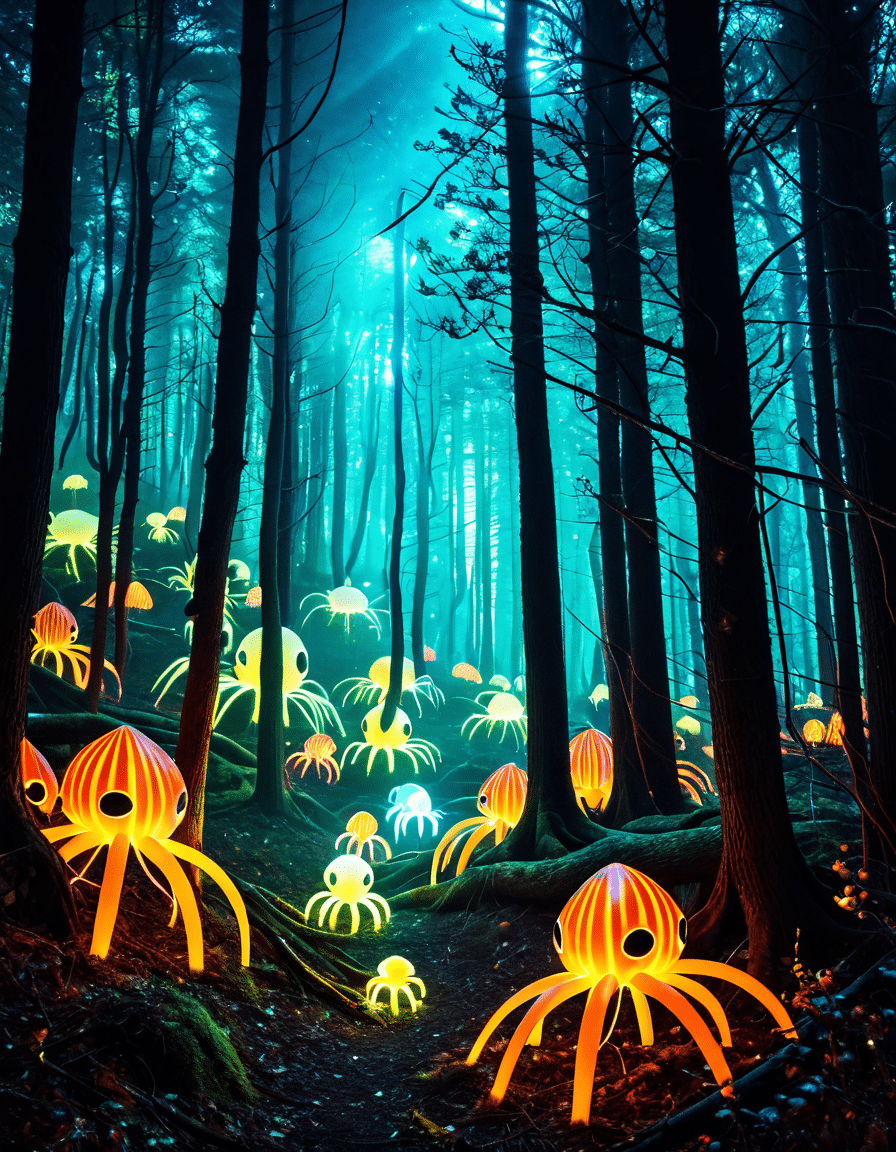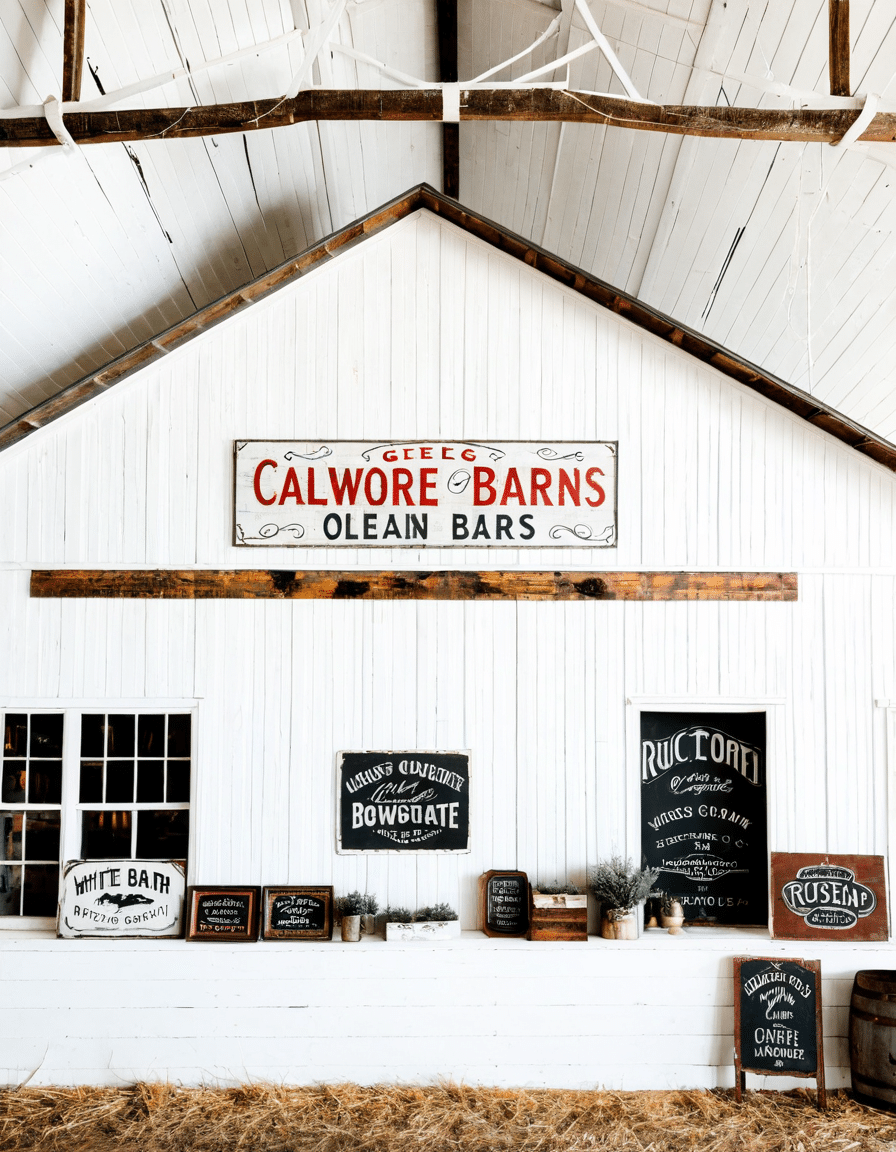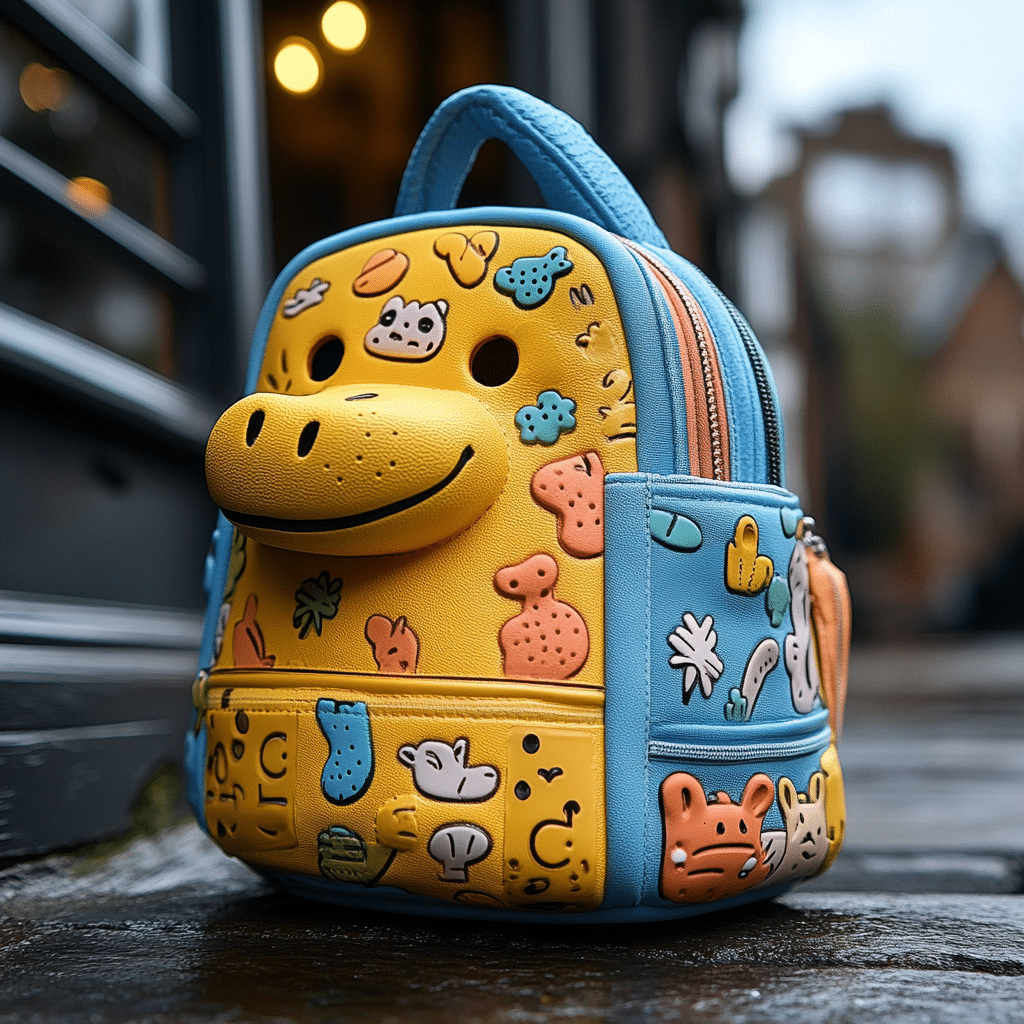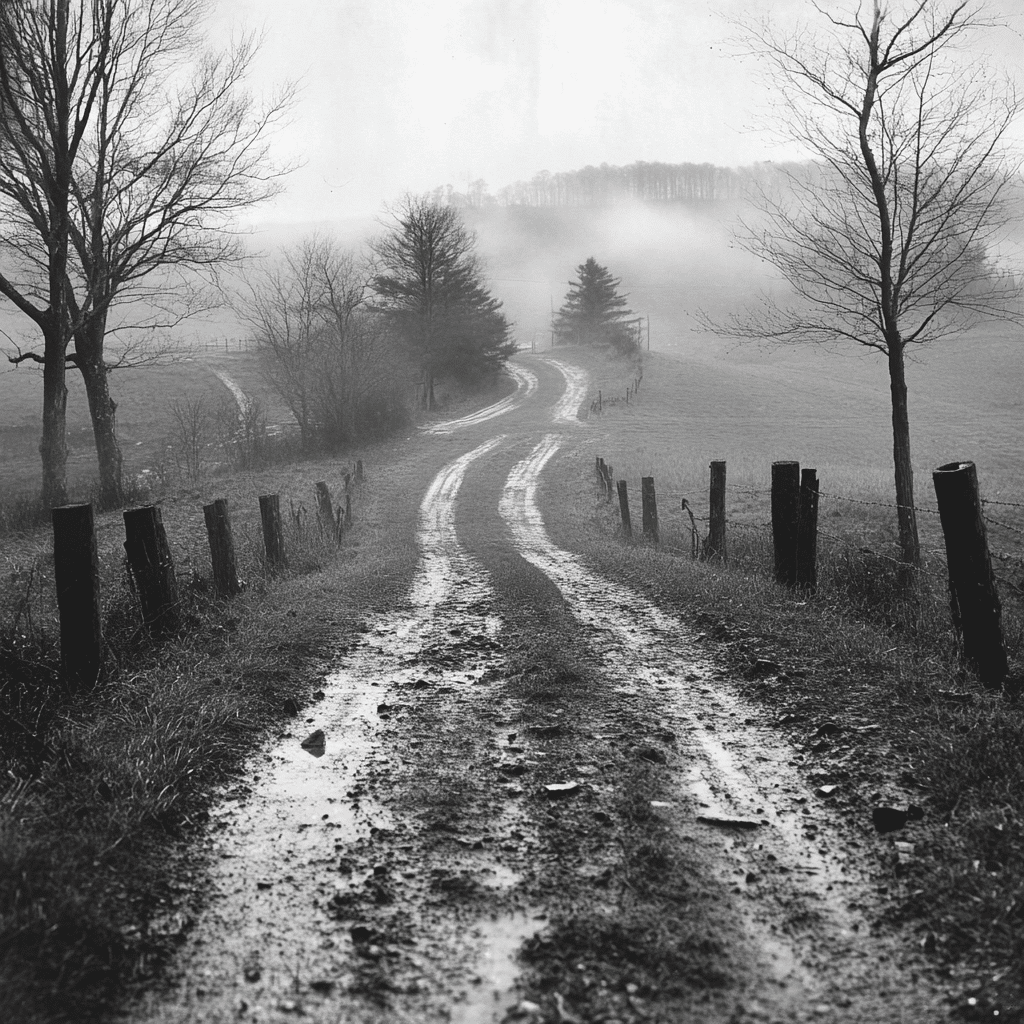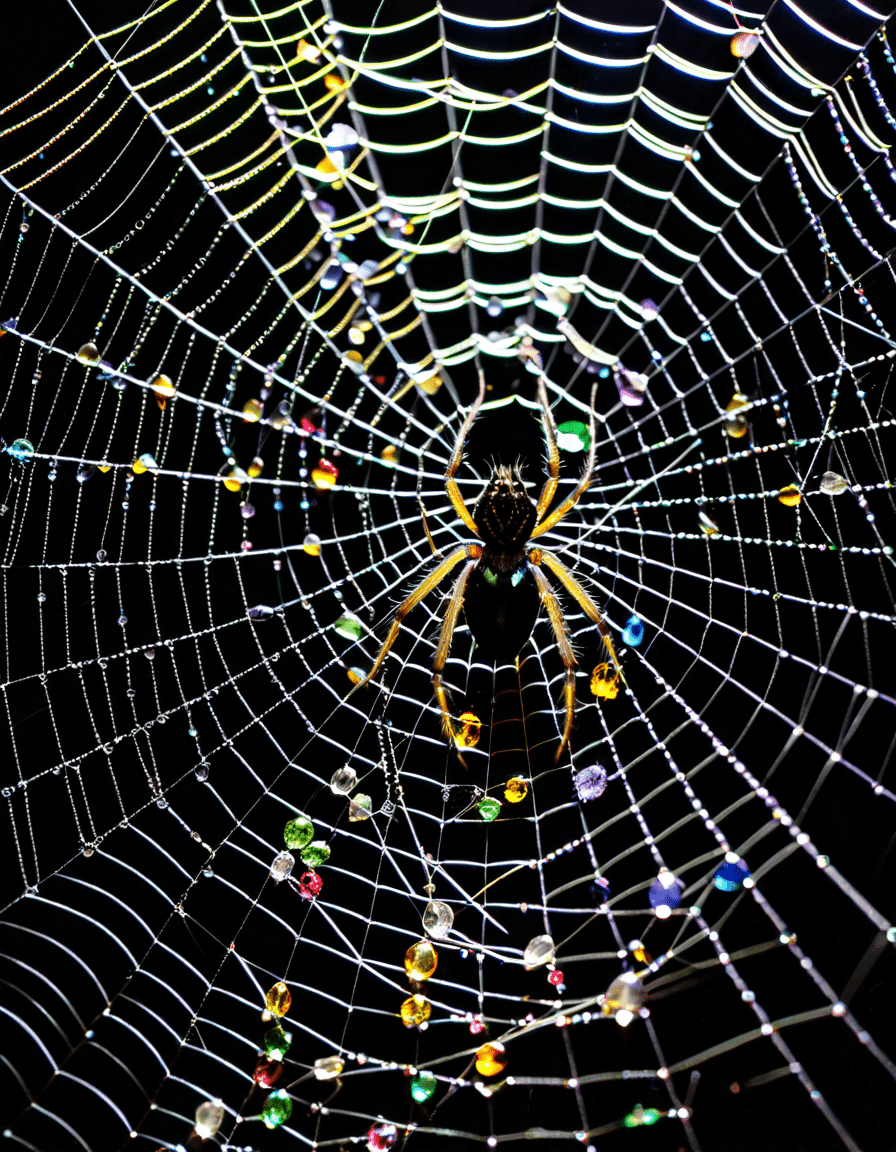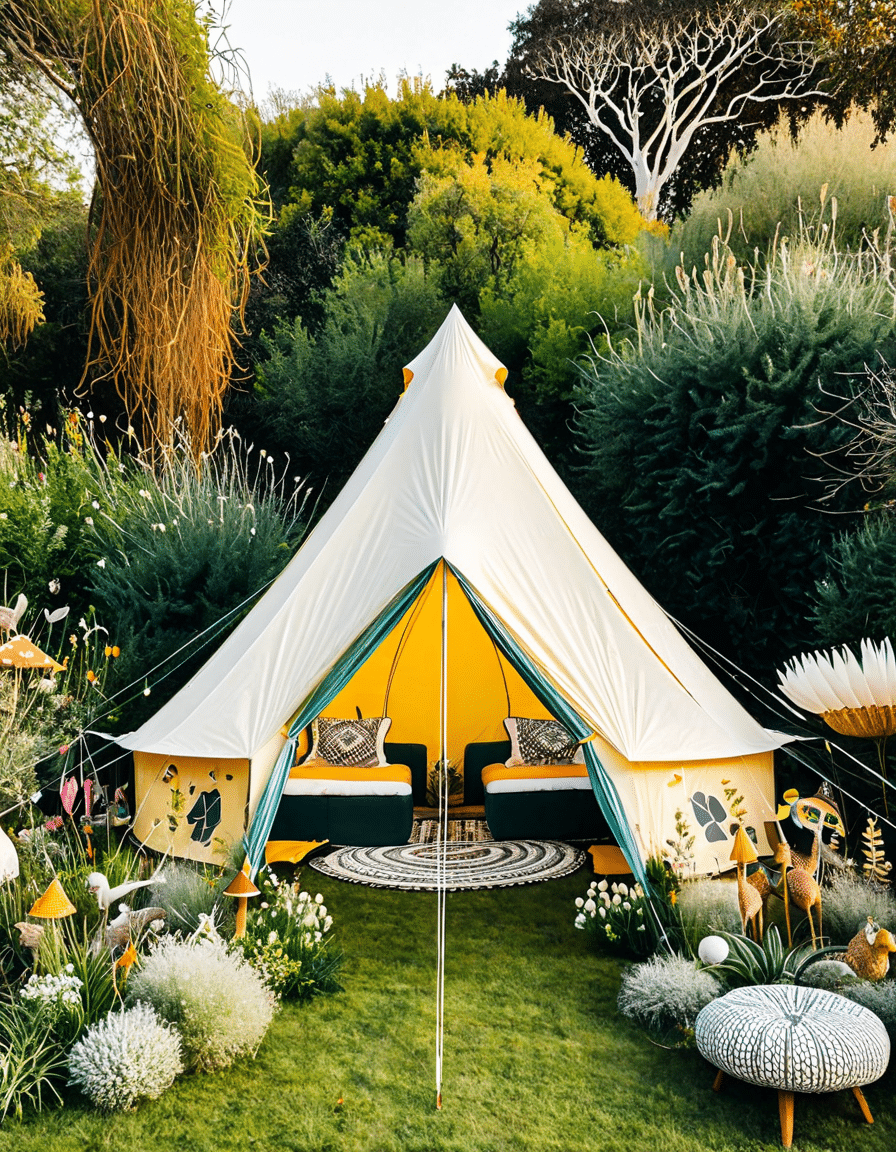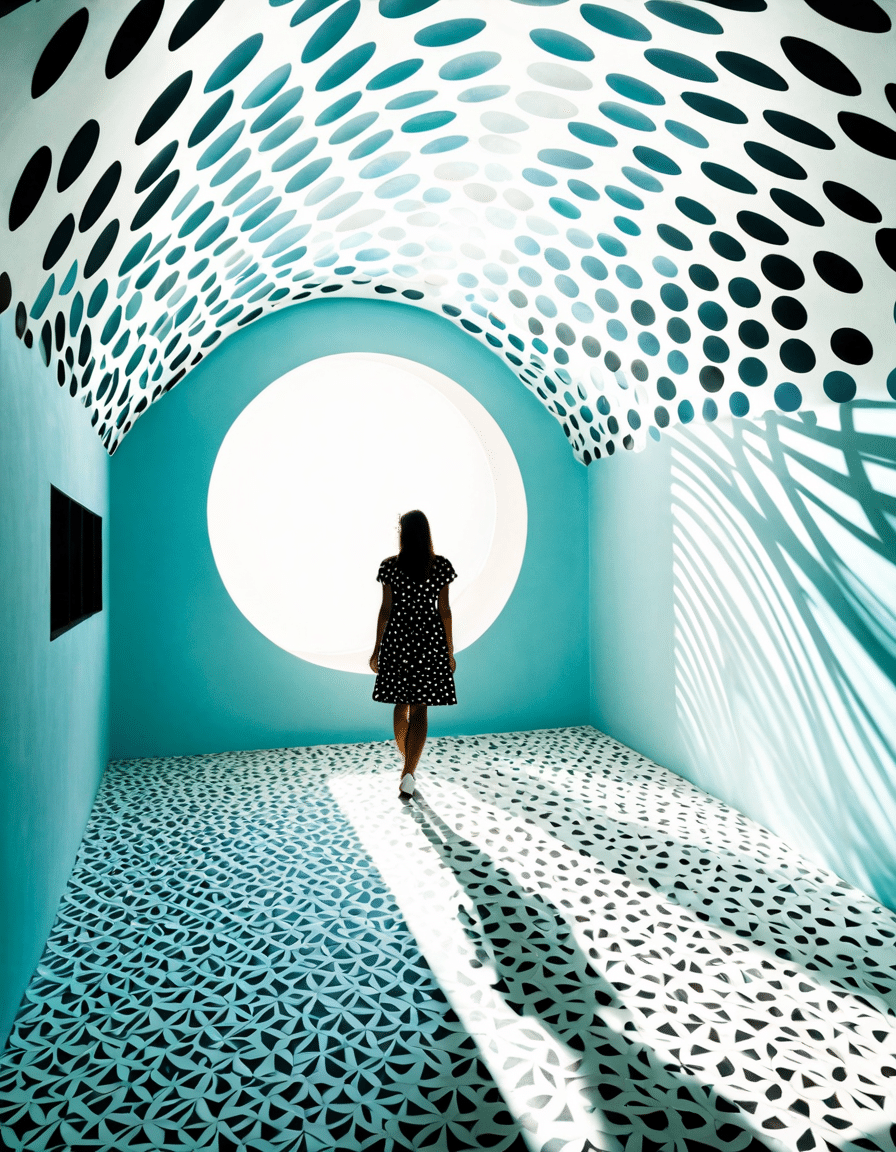Ah, Central Park—a majestic 843-acre oasis nestled right in the heart of Manhattan, New York City. That’s right, we’re talking about a green expanse that’s not just a park but rather an urban legend, sprawling larger than some countries! To put it in perspective, how big is Central Park? Well, it’s about one and a half times the size of Monaco, morphing a rugged patch of paradise into a vibrant escape amid metal and concrete chaos. But what does this botanical giant truly mean for those who stroll its pathways or pass by on the subway? Buckle up, darlings, because we’re diving into the whimsical tapestry that is Central Park.

Understanding the Scale of Central Park
Picture this: an 843-acre playground that curves through the bustling city, teeming with life, nature, and culture. While some view it as a mere stretch of grass, Central Park has layers of significance that contribute to the cultural fabric of New York. Each blade of grass, each towering tree can be likened to the fierce designs of Vivienne Westwood—rebellious, bold, and undeniably vibrant. Surrounded by towering skyscrapers, the park stands as a monument to human creativity and a reminder of the natural world.
Entering Central Park feels like stepping through a portal into a serene wonderland. Visitors can find an astonishing array of landscapes, from serene lakes like the beloved The Lake to the bustling Great Lawn where aspiring artists and weekend warriors unite. As you explore these verdant paths, you’ll find that every nook and cranny has a story to tell, just waiting for you to unlock its secrets. Yes, that’s right—Central Park is the enchanted forest where the urban spirit dances free, offering New Yorkers and tourists alike a place to breathe and reconnect.
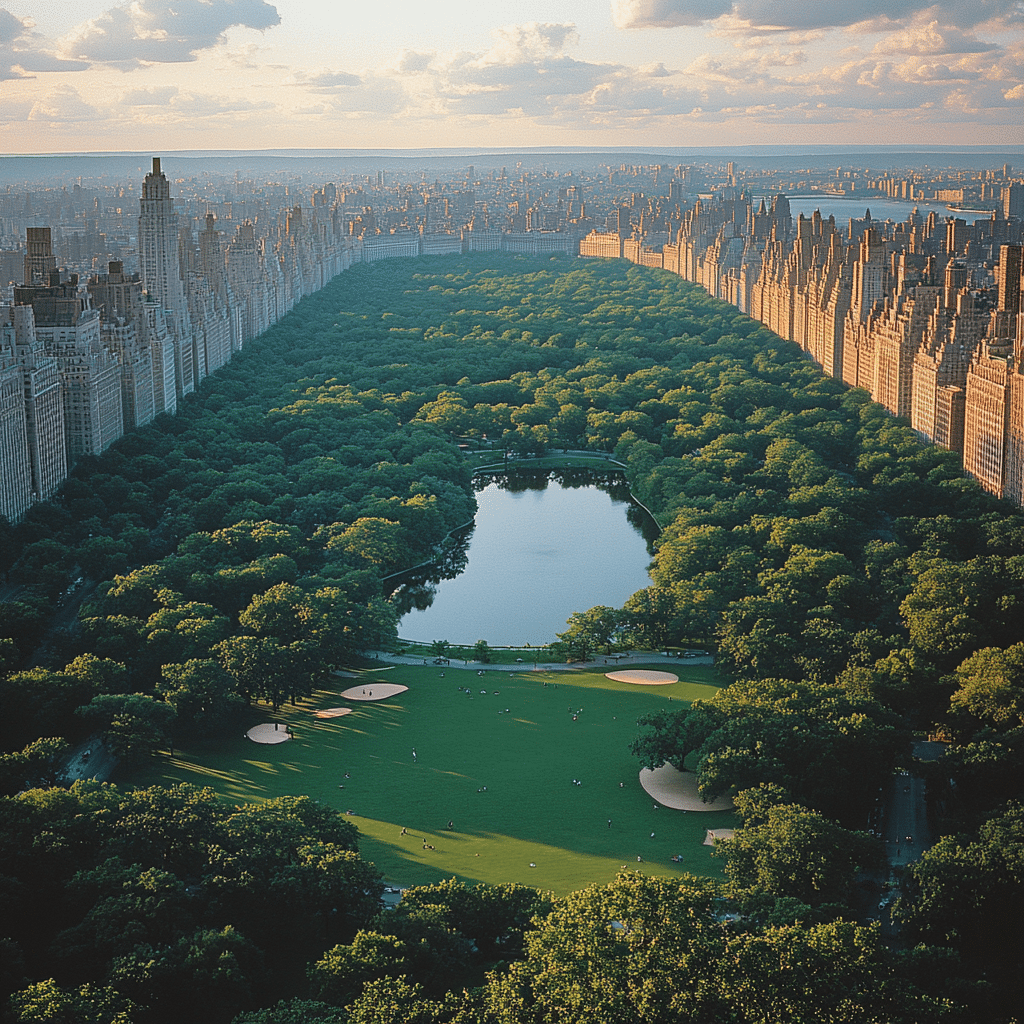
Top 5 Features That Define Central Park’s Size and Impact
1. The Great Lawn
First up, we’ve got the Great Lawn, a sprawling open expanse covering a whopping 55 acres. With the sun shining down, this space transforms into a glittering arena for sports, picnics, and spontaneous gatherings. Central Park’s Great Lawn embodies what recreation is all about; it’s where you’ll find New Yorkers unwinding and connecting with each other, surrounded by the essence of urban green spaces. Toss a frisbee, catch some rays, or simply plop down with a good book—it’s the quintessential urban retreat.
2. The Ramble
Next, let’s wander over to the Ramble, a captivating 38-acre woodland area cloaked in an air of mystery. Imagine winding paths drenched in dappled sunlight, with playful squirrels darting about and birds serenading you from the trees. The Ramble offers a delicious contrast to the park’s open lawns, serving as a serene sanctuary perfect for nature walks and a bit of birdwatching. It’s a diverse habitat that enhances the park’s ecological significance, housing various wildlife guests amidst the frenzy of city life.
3. Cultural Institutions
Nestled within Central Park’s verdant embrace are cultural institutions that function like jewels within a crown. The Metropolitan Museum of Art and the American Museum of Natural History are prime examples, both of which enhance the park’s role in celebrating artistic and scientific achievements. Cultural preservation is woven into the fabric of Central Park, making it a scenic backdrop for education and the appreciation of the arts.
4. Accessibility and Connectivity
As if the park wasn’t already magical, Central Park is a gateway to connected neighborhoods throughout the city. Turn your gaze to the enchanting 59th Street entrance, where thousands of visitors take a step into this dreamy oasis daily. The park’s numerous entry points facilitate movement, allowing both locals and tourists to escape the urban madness nearby. Central Park serves as the beating heart of NYC, reminding us that nature and urban life can coexist harmoniously.
5. Environmental Significance
Finally, but certainly not least, let’s unveil the environmental significance of Central Park. Here lies a lush paradise, home to over 26,000 trees and a plethora of plant and animal life. It’s the lungs of the city, refreshing the air we breathe while acting as a mighty carbon sink. Ask yourself—how much does Central Park weigh? While it’s challenging to measure with precision, the total biomass, including all that leafy greenery, equals millions of pounds. It’s all crucial for understanding the value of this grand green space, both environmentally and socially.

Who Is on the 10 Dollar Bill? How Does This Connect to Central Park?
Now, let’s jazz it up a bit with a nod to history! When Central Park was dreamt up in the mid-19th century, the designers were aiming for a public space that echoed democracy and artistic expression, just like Alexander Hamilton, who graces the $10 bill. The park’s sprawling fields symbolize a win for the common person, serving as a reminder of freedom and creativity.
Central Park is akin to a grand stage, showcasing the artistry of nature and civilization. It’s the perfect gathering hub, allowing people from all walks of life to come together—much like Hamilton’s contributions to American ideals. So, when you stroll through the park, it’s worth pondering—how does this majestic oasis mirror the vision that Hamilton had for a thriving democracy?
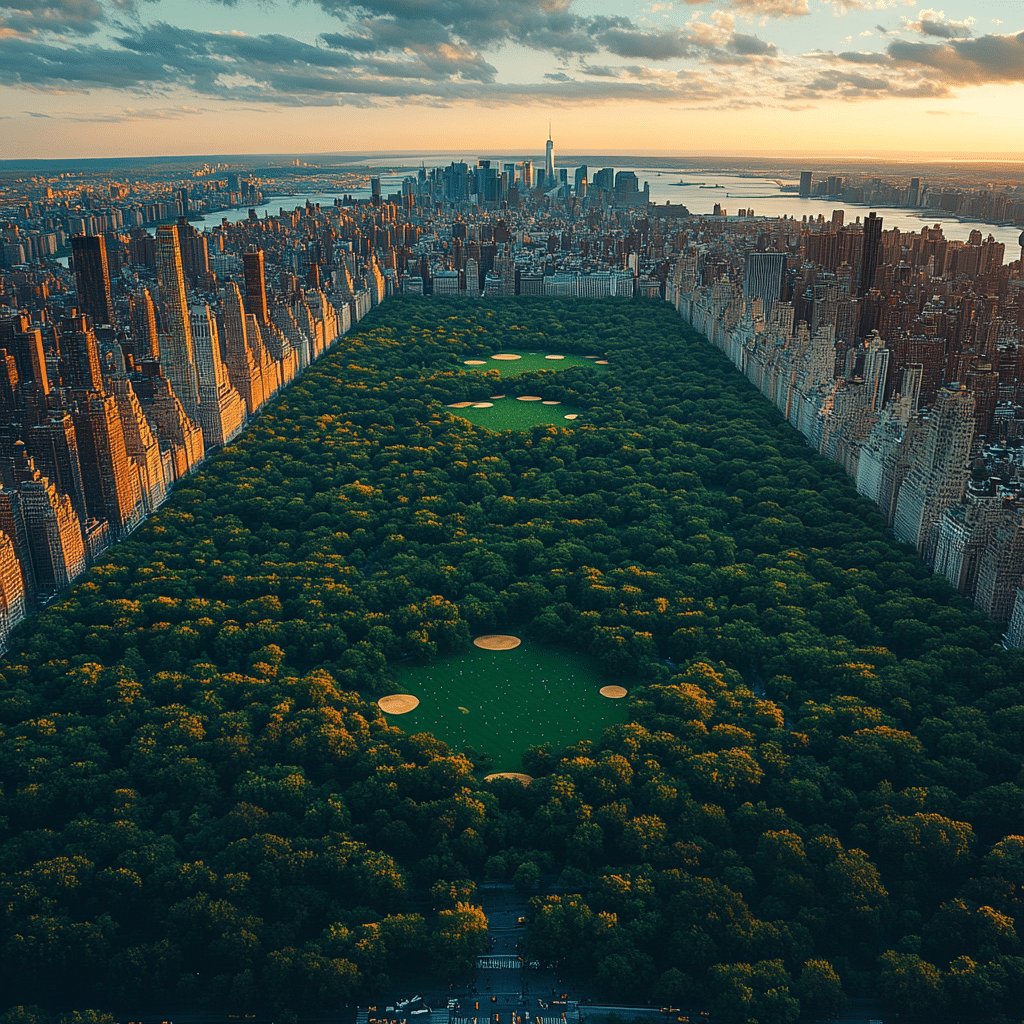
Did the Chiefs Win Today? Exploring Central Park’s Role in Community Spirit
Ah—sports! Just as cheers erupt from the stadium, Central Park echoes this community spirit, nurturing it in its own right. Throughout the years, people have gathered here, whether to watch the game on a portable screen or celebrate the triumphs of their favorite teams. Just think back to the recent game: did the Chiefs win today? The buzz surrounding such events inevitably finds its way to the park, intertwining victory with the shared joy of camaraderie.
Central Park isn’t merely a patch of greenery; it’s a tapestry of lives woven together by shared experiences. Whether you’re cheering for your team or gathering for a local event, the park serves as a living testament to what community really means. It encourages social interaction, making us feel that, despite the hustle of the city, we’re never truly alone.

Who Is on the Dime? The Role of Central Park in American Culture
It’s time we talk about symbols—a dime has a tale worth sharing. Franklin D. Roosevelt, gracing this coin, symbolizes progress and resilience, much like Central Park itself. Just as the dime reflects foundational U.S. values, Central Park encapsulates the ideals of freedom, recreation, and the chillingly creative pursuit of happiness that flourishes in urban settings all around.
Stepping into Central Park is like stepping into a world that reverberates with the rhythm of New York’s vibrant culture. It stands as a monument to the struggles, creativity, and artistic expression of generations of New Yorkers, influencing fashion, music, and to top it all off, that whimsical essence we all crave.
Frequently Asked Questions
How Much Does Caseoh Weigh? Exploring the Weight of Central Park’s Greenery
So, how much does Caseoh weigh? When pondering the impact of Central Park, we can’t overlook the weight of its greenery. Those majestic trees and sprawling shrubs do more than beautify the landscape—they play a significant role in managing rainfall and reducing urban heat. In fact, the biomass from the park’s flora weighs millions of pounds! That’s a hefty sum, highlighting the essential role this park plays in urban ecology.
Mary Did You Know Lyrics: Uncovering the Stories Behind Central Park
The heartwarming song “Mary, Did You Know” invites us to reflect on purpose and impact. Much like the evocative lyrics, each pathway in Central Park echoes stories of its rich history. From John Lennon’s serene Strawberry Fields to the rugged trails brimming with secrets, the park compels us to question what stories lie beneath its leaves, reminiscent of the questions posed in soulful lyrics.
When Was Running Invented? The Park as a Running Hub
Running has ancient origins, but Central Park revolutionized urban running. Since the park’s inception, it has become a haven for runners, from daily joggers to competitive athletes. Its lovely 6.4-mile loop trail weaves through the park’s beauty, allowing fitness enthusiasts to escape into a world of nature, all while maintaining a healthy lifestyle.
Final Thoughts on Central Park’s Size and Significance
So, how big is Central Park? An astonishing 843 acres filled to the brim with experiences, memories, and boundless connections. Its vastness is measured not simply in size but in the myriad of stories, interactions, and cultural revolutions that permeate this treasured urban sanctuary. Central Park forces us to rethink public spaces and recognize their intrinsic value in fostering community, elevating cultural exchange, and advocating for environmental awareness.
As we stroll through its pathways, let us not forget the immeasurable impact of this enchanted green space. Central Park is more than just a park; it’s a timeless testament to New Yorkers’ resilient spirit, offering a dash of magic amidst a bustling metropolis. Whether you’re in designer attire, donning a big sister shirt, or channeling that punk edge with feathered hair, this urban oasis welcomes you with open arms. So come, explore, and become part of the narrative!
How Big Is Central Park: An Incredible 843-Acre Oasis
Central Park’s Size and Scope
So, how big is Central Park? This iconic green space covers a whopping 843 acres, making it larger than some countries! Yeah, you heard that right. It could fit in the area of about 600 city blocks. With all that space, there’s plenty to explore. From sprawling meadows to tranquil ponds, it’s a nature lover’s paradise right in the urban jungle. Just imagine riding around on a Yamaha Banshee as you take in the sights—talk about a thrill! That’s just one of the many fun activities you can enjoy while soaking up this incredible park’s beauty.
Fun Facts About the Park
Now, let’s dive into some interesting tidbits about how big Central Park really is. Did you know that over 40 million people visit the park each year? That’s a staggering number! Central Park is not just a place for relaxation; it’s also a cultural hub with events like concerts at the Great Lawn. Speaking of culture, the park’s design resonates with the same spirit of creativity that you might find at a cool spot like Menlo Park mall or even a vibrant art venture like the Scents And sensibility two fated mates experience you could have at local bookstores.
Oh, and here’s another nugget of trivia: Central Park contains 26 bridges and arches! Really, these structures not only provide connectivity but also add to the park’s charm. If you’re wandering through these areas, keep your eyes peeled for wildlife; over 200 bird species make their homes here, and it’s not uncommon to spot one taking a break near the rustic alcoves. Just like the eclectic offerings at Woodstock Furniture outlet, Central Park brims with surprises around every corner.
The Park’s Unique Features
One of the coolest features about this majestic oasis is how it was entirely man-made. Before Central Park was built, the land was a mix of swamps and rocky terrain. Crazy, right? This transformation laid the groundwork for countless recreational activities. Whether you fancy jogging, picnicking, or simply chilling with a book, you’ll find a perfect spot. And if you find yourself wanting a quieter moment, consider something thrilling like the residence massacre guide—though, maybe just leave the horror films at home when you’re at the park! While relaxing, you can even enjoy a lovely view of the skyscrapers that circle the park, making for an amazing urban backdrop that showcases the blend of nature and city life in a way many crave in their daily lives.
So next time someone asks how big Central Park is, you’ll have a treasure trove of facts at the ready! Whether it’s the size, its bustling visitor count, or its fascinating history, this park is definitely one of those beloved landmarks that keeps giving, just like the endless entertainment found on Vidu. So lace up those walking shoes and get ready to experience all that this massive 843-acre oasis has to offer!
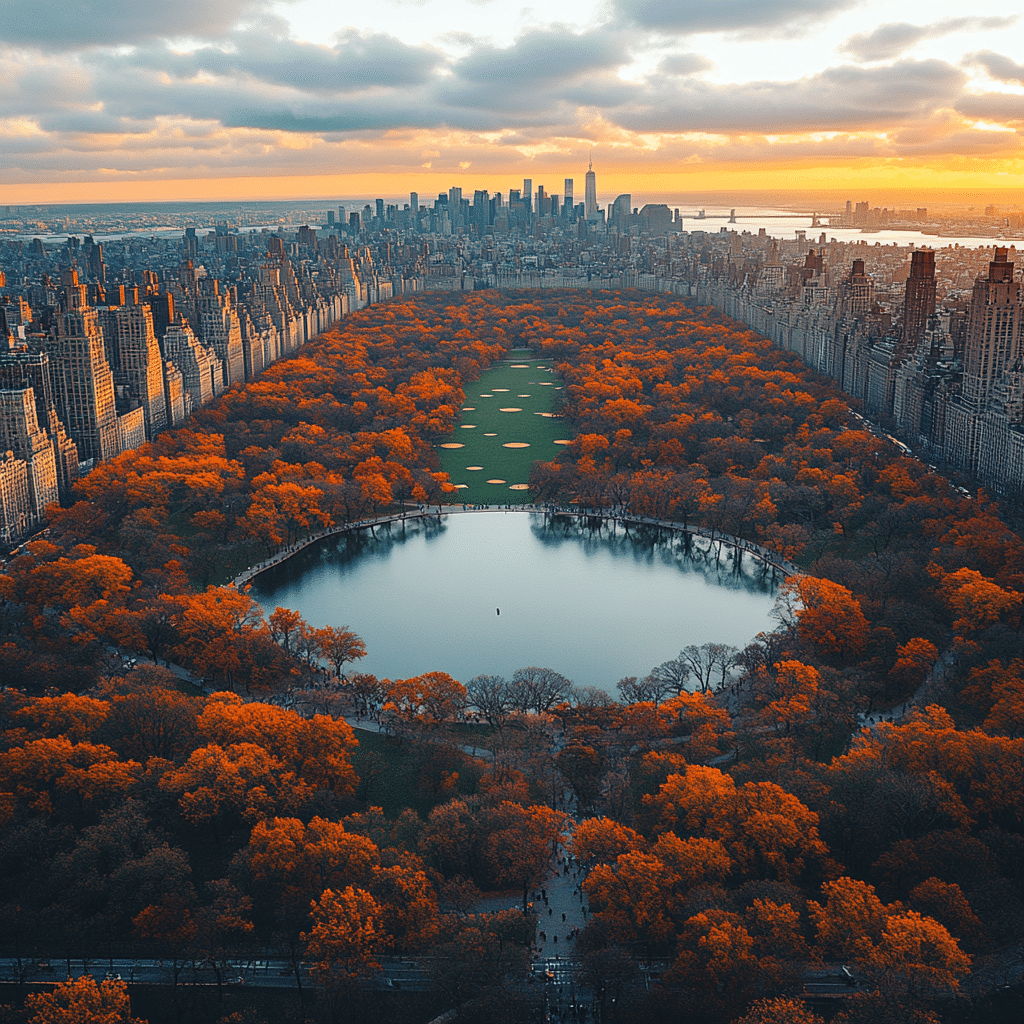
How big is the entire Central Park?
Central Park is about 843 acres in size, making it a massive green oasis in the heart of New York City.
How long does it take to walk around Central Park?
Walking the entire loop around Central Park usually takes around 2 hours, give or take, depending on your pace and how much you stop to enjoy the sights.
How many city blocks is Central Park?
Covering 51 city blocks from north to south, Central Park is a true haven right in the urban jungle of NYC.
Is Central Park one of the biggest parks in the world?
Yes, Central Park is one of the biggest urban parks in the world, ranking high on the list of expansive greenspaces globally.
Who is the owner of Central Park?
Central Park is owned by the city of New York, which maintains it as a public park for everyone to enjoy.
How much is the land in Central Park worth?
Determining the value of the land in Central Park is tricky, but estimates often suggest it would be worth billions if it were privately owned.
Is Central Park free to enter?
Yes, it’s free to enter Central Park, so you can stroll through its beautiful grounds without spending a dime.
Are there food vendors in Central Park?
You’ll find plenty of food vendors scattered throughout Central Park, offering everything from hot dogs to ice cream for those looking to grab a bite.
Which part of Central Park is the most beautiful?
Beauty is subjective, but many folks say that the Bethesda Terrace and Fountain area is one of the most stunning spots in Central Park.
Is Central Park natural or man-made?
Central Park is a mix of natural and man-made features, with its landscapes carefully designed to blend with nature.
What is the only building in Central Park?
The only building in Central Park is the historic Central Park Casino, which was built in the 19th century, now known as the Bow Bridge area.
How many roads go through Central Park?
There are several roads that pass through Central Park, allowing vehicles to navigate the park while walkers and cyclists have their own paths.
What was Central Park before it was a park?
Before it became a park, the area was a mix of farmland and a small village called Seneca Village, which was home to a free African-American community.
What is the most visited city park in the world?
With around 42 million visitors a year, Central Park is often considered the most visited city park in the world.
Is Monaco bigger than Central Park?
Nope, Monaco is not bigger than Central Park; Monaco is about 0.78 square miles, which is much smaller than Central Park’s 843 acres.
Can you walk all of Central Park in one day?
You can certainly walk all of Central Park in one day, especially if you take it easy and enjoy the sights along the way.
How long is one loop around Central Park?
A single loop around Central Park is 6.4 miles long, making it a nice workout for walkers and runners alike.
How long does it take to walk 2.5 miles?
It typically takes about 50 minutes to an hour to walk 2.5 miles, depending on how fast you like to stroll.
Is Central Park worth visiting?
Absolutely! Central Park is worth visiting for its beautiful landscapes, recreational options, and vibrant atmosphere.
How many miles across is Central Park?
Central Park measures about 2.5 miles long and about 0.5 miles wide, giving it a considerable size for an urban park.
How big is the One Central Park?
One Central Park refers to a series of residential projects in Sydney, Australia, and isn’t directly related to Central Park in NYC—these projects are smaller in scale when compared.
How many football fields fit into Central Park?
You could fit about 338 football fields into Central Park, showcasing just how big it really is.
Is Central Park as big as Boston?
Central Park isn’t quite as big as Boston, which is around 48 square miles—Central Park is a mere fraction of that size.
